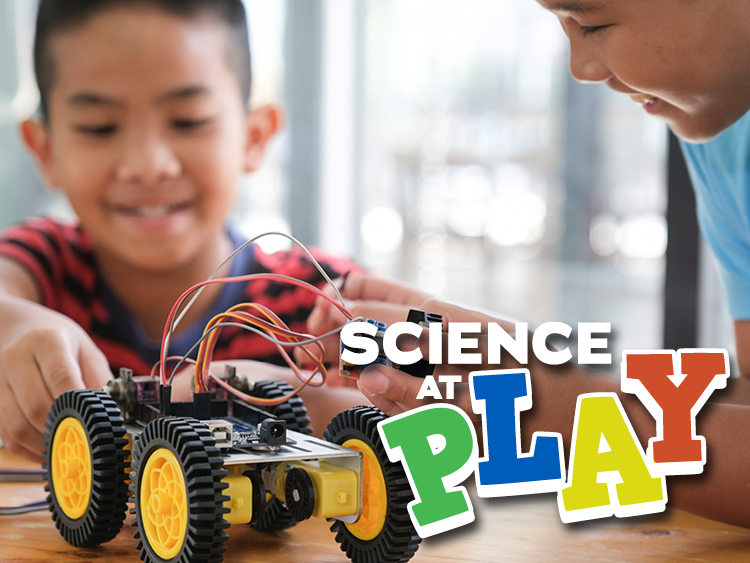Did you know that traditional sparklers can burn at up to 3000 Degrees Fahrenheit? 3000 Degrees! Now that’s HOT. This makes it very important to be careful with them and closely supervise children who play with them. How do these sparklers get to such high temperatures? What does it mean that sparklers are made of oxidizers and fuels? Today, we are going to demonstrate how oxidizers and fuels come together to make the sparkling effect we know and love and talk about why it’s so important to be careful with them. Watch the full Science Sunday segment to learn more.
Dinosaurs Around the World: Passport to Pangea is now open at the Connecticut Science Center and is included with General Admission. Visit CTScienceCenter.org to reserve your ticket online in advance of your visit.
Aoife Ryle is a STEM Educator at the Connecticut Science Center. In addition to working with school groups, she works with our Teen Program, Overnights department, and shoots weekly science segments for WFSB. She has a degree in Bioengineering from the University of Maine and has a personal interest in the life sciences and engineering which makes bioengineering a perfect crossover.
Mark Dixon is a meteorologist on WFSB Channel 3 Eyewitness News and a host of the weekly Science Sunday segments with the Connecticut Science Center. He has been nominated for several Emmy awards for weather anchoring and has won awards from the Connecticut Associated Press Broadcaster’s Association and the American Meteorological Society.



